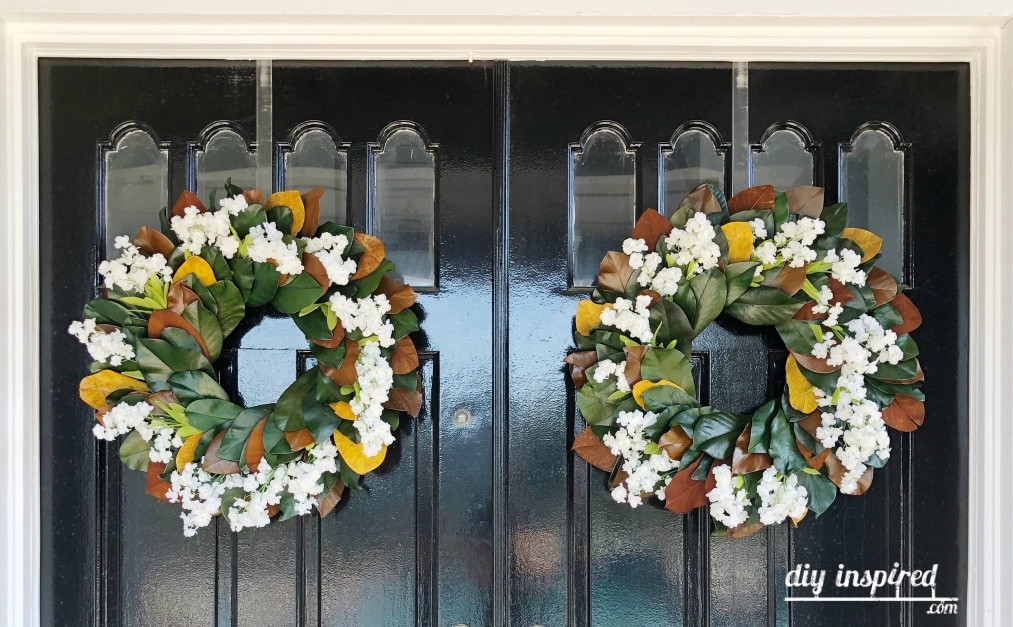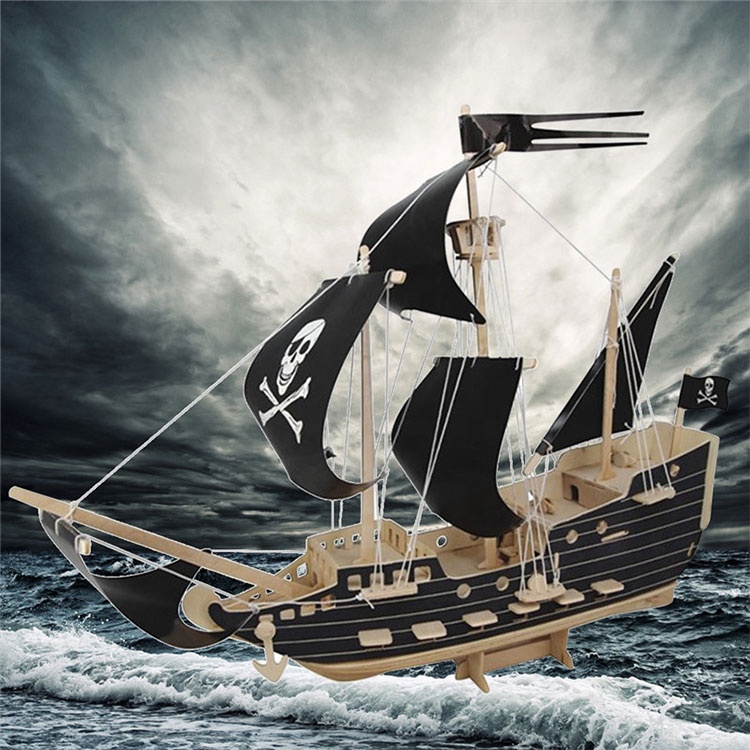
If you've ever wondered what it takes to knit Fair Isles, this article is for you. This article covers techniques and charts as well as floats and yarn choices. This is the ideal way to get started. You can start right away by following the simple-to-follow directions.
Charts
There are many types of knitting and Fair Isle knitting is one of them. This type of knitting allows you to create unique pieces. These charts are crucial for the designer. These charts show you which colors to use for a particular project.

Fair isle knitting charts can help you choose the right colors to use for your piece. These patterns need two strands, and often require alternating colors. Fair Isle knitting charts will demonstrate how to use two colors simultaneously and show you the first and final rows.
Floats
One of the most important aspects to knitting with Fair Isle is catching them. This process is especially important when knitting projects that use more than one color. You might be entangled by long floats, so make sure to twist the yarn. There are many methods you can use to catch them.
To catch a drift, you will need to knit the next stitches from the left. Wrap color B around a needle in a counterclockwise fashion and pull it through the stitches. The yarn on the left side of the needle will remain, and the yarn on the right will be knitted into the stitch. This creates a floating effect in the fabric.
Gauge
Gauge is an important factor to consider in knitting. The more gauge, the smaller the number of stitches per inch. However, larger gauges are not necessarily easier to knit. There may be a variation in gauge between knitters depending on how they use knitting needles and their techniques. You can try different gauges and sizes of needles to determine your gauge until you find the right one.

Particularly important when working with Fair Isle is the gauge. It can be tricky to maintain your Fair Isle colors as it can be very difficult to gauge. Your fair isle knitting may look bumpy on the right side if you have too many or too few stitches. There are many ways that you can maintain your gauge.
FAQ
What are your educational hobbies?
An educational hobby is an activity where you learn something by doing it. It could be anything from playing sports to learning how to play an instrument.
You should have fun with it. While you don't need to do it every day, if bored you might consider other activities.
These activities could end up costing you far more than what you pay for.
How much does a hobby cost you?
Time is all that's required to make a hobby a success. If you're serious about your hobby, it can take you years to get what you want.
One thing can help you. It's called 'passion.' If you have passion for whatever it is you do, you will find it easier to put in the hours required to make progress.
You may become addicted to the activity once you have put in enough hours. This is where the real fun begins. Because you're doing something you like and it keeps getting better. So by the end of the year, you will probably have made quite an improvement.
It doesn't matter how long it takes. You can just try it. You may be surprised.
What is observation hobby?
Observation hobbies are activities where you observe people doing what they do. You might be interested in watching sports, reading, going on holidays, and so forth. You could also observe other people.
You can learn creativity through observation hobbies. This knowledge can be used later to help you with projects that you are working on for others or yourself.
If you are passionate about something, you will find it easier to learn about it.
For example, if you want to know more about football, you may watch a game or read a book about it. To learn more about photography, it is possible to visit and take photos.
If you love to play music, there are two options: either buy a new guitar online or follow along with the songs.
If you like cooking, you could cook your own meals or visit restaurants.
You could also grow flowers or vegetables if you enjoy gardening.
If dancing is something you enjoy, join a dance class.
You can paint pictures if your passion is painting.
If you love writing, you might be interested in writing poems and stories.
Drawing pictures is a great hobby.
If you have a passion for animals, you might be able to look after them or work in a zoo.
If you like science, you could study biology, chemistry, physics or maths.
If you like history, you could read books, watch films or listen to podcasts.
You could explore the world or travel to places you love if you are a lover of traveling.
Where can I find resources for learning more about hobbies?
Many websites are dedicated to helping people find new hobbies.
Here are some of our favorites:
www.trythisathome.com - This site provides a list of over 100 different hobbies. It also provides information on how to get started in each one.
www.hobbyfinders.org offers a huge database with thousands of activities. You can search for your interests, skills, location, and many other criteria.
www.indiebazaar.co.uk - IndieBazaar is an online marketplace designed specifically for independent artists and musicians. This site offers hundreds of products, ranging from artwork and music gear.
www.pinterest.com/explore/hobbies - Pinterest is a social media network that lets users "pin" images they find interesting onto their boards. Users can organize the things they like in specific categories with boards.
www.reddit.com/r/Hobbies: Reddit, another social media platform, allows users to post links to articles and videos. Users can vote on the posts they consider most valuable.
Statistics
- The intensity of the dialogue partners' bond at the end of the forty-five-minute vulnerability interaction was rated as closer than the closest relationship in the lives of 30 percent of similar students. (time.com)
- This 100% accurate personality-analyzing hobby quiz discovers your passion based on your characteristics. (quizexpo.com)
- The Role of the Mind in Sex, Dating, and Love: Men in the “humor” condition received phone numbers from 42.9% of the female participants and were refused 57.1% of the time. (time.com)
- I am 100% biologically a woman (discover.hubpages.com)
- A new survey by Pew Research Center of teens ages 13 to 17 finds that 36% of girls feel tense or nervous about their day every day; 23% of boys say the same. (pewresearch.org)
External Links
How To
How to start woodworking?
There are many ways to get started in woodworking. There are many ways to get started in woodworking. You can use either power or hand tools, or a combination. The most popular tools are routers, drills sanders, sanders, and saws.
Once you decide what kind of project you want to build, you should choose the right tool for the job. If you are planning to build furniture, then you will need a router, table saw, drill press and jigsaw. A circular saw, miter saw, band saw, router, jigsaw and hammer are all you will need to make a cabinet or picture frame.
Ask your local home improvement shop for help if you aren't sure which tool to choose. You can also look online for websites that are dedicated to this hobby. They often have tips on how best to purchase the tools needed for the job.